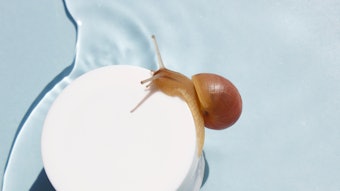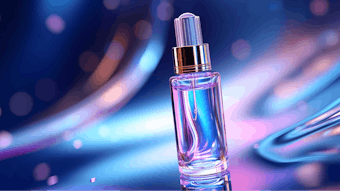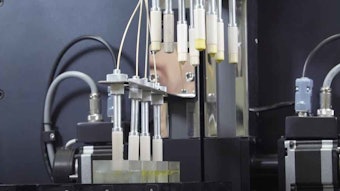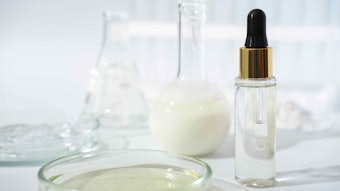Salts are ionic species that are made up of a positive ion and a negative ion. An inorganic salt such as sodium chloride (NaCl) has two inorganic species. As a result, the melting point is high (801oC). An example of a mixed salt is sodium lauryl sulfate, as shown in Figure 1.
Unlike common salts, ionic liquids are salts in which the ions are poorly coordinated, this results in molecules that are liquid below 100oC. At least one ion is organic, which prevents the formation of a stable crystal lattice. Properties such as the melting point, viscosity and solubility in a variety of solvents are determined by specific structure. Consequently, ionic liquids can be placed in water, oils or hydroalcoholic solutions where they function at the surface by changing the surface tension, thus providing detergency, conditioning and wetting.
US Patent 7,786,064, assigned to Hecht et al., teaches:
- It is desirable to develop new classes of ionic liquids by converting certain conventional solid or semi-solid actives used in consumer or industrial product formulations into ionic liquids. Thus, the ionic liquids can be used as replacements for traditional actives such as surfactants, and are easier to incorporate into formulations. Moreover, new classes of ionic liquids can be derived from selective pairings between functional actives (e.g., surfactant-derived anions can be paired with softener-derived cations) such that the resulting ionic liquids can have multiple active functionalities to provide multiple benefits that previously require multiple actives in the formulation to achieve.
- Novel ionic liquids derived from compounds that have been used as surfactants in detergent formulations for laundry, dish washing and hard surface cleaning, can be made by reacting or mixing various surfactants commonly used in detergent formulations with properly chosen counterions; these surfactants can be converted into ionic compounds having different characteristics.
- In some embodiments, such as laundry or dish washing, ionic liquid compositions may be applied to the fabric or dish directly, or may be diluted with water to form a wash liquor, which contacts the fabric or dish. In other embodiments, the ionic liquid compositions may be in the form of a liquid, which can be applied to the target surface as a liquid spray, as an aerosol spray, or as a pour-on liquid, which can be poured onto the target surface directly or indirectly via a substrate such as a fibrous web substrate (made by woven, nonwoven or knitted technologies), a pulp-based substrate (made by air-felt or wet-laid technologies, including paper towels and tissues), a sponge or a foam substrate. Another mode of use would be to incorporate ionic liquid compositions into or onto these substrates (e.g., impregnated in a wipe or a mitten), which would alleviate residue problems in those applications where complete dry down is needed.
- The ionic liquid-containing compositions may be formulated in the form of liquid, gel, paste, foam, or solid.
While many of the present applications for ionic liquids are not personal care related, the compounds have been used in the personal care market for hair conditioning. Silicone quaternium 20 is one example, as shown in Figure 2.
This product has been designed to be soluble in water, compatible with anionic surfactants and provide outstanding conditioning at low concentrations. The nature of water and the hydrogen bonding that occurs between molecules of water makes water a unique material and in fact a material necessary to life. The interaction of ionic surfactants in dilute aqueous solution is important in the formulation and utilization of personal care products. The addition of this material in baby shampoo formulation at 0.5% w/w results in conditioning properties without eye or skin irritation.
The use of ionic liquids in personal care formulations will aid the formulator in the ability to select new materials that will deposit on the hair and skin from a variety of solvents, both protic and aprotic, to improve efficiency of delivery. This type of delivery will almost certainly move from industrial applications into personal care applications.










